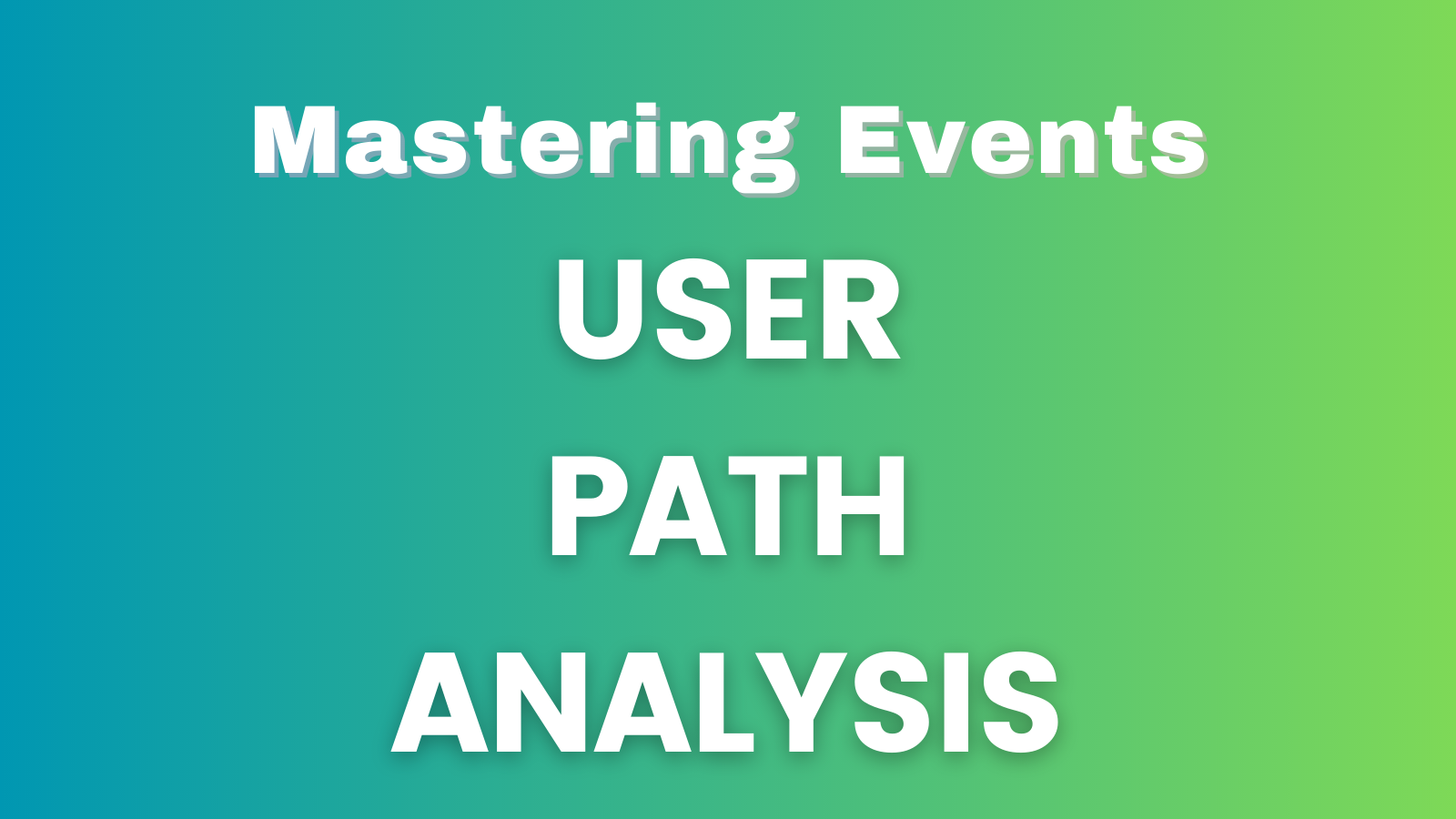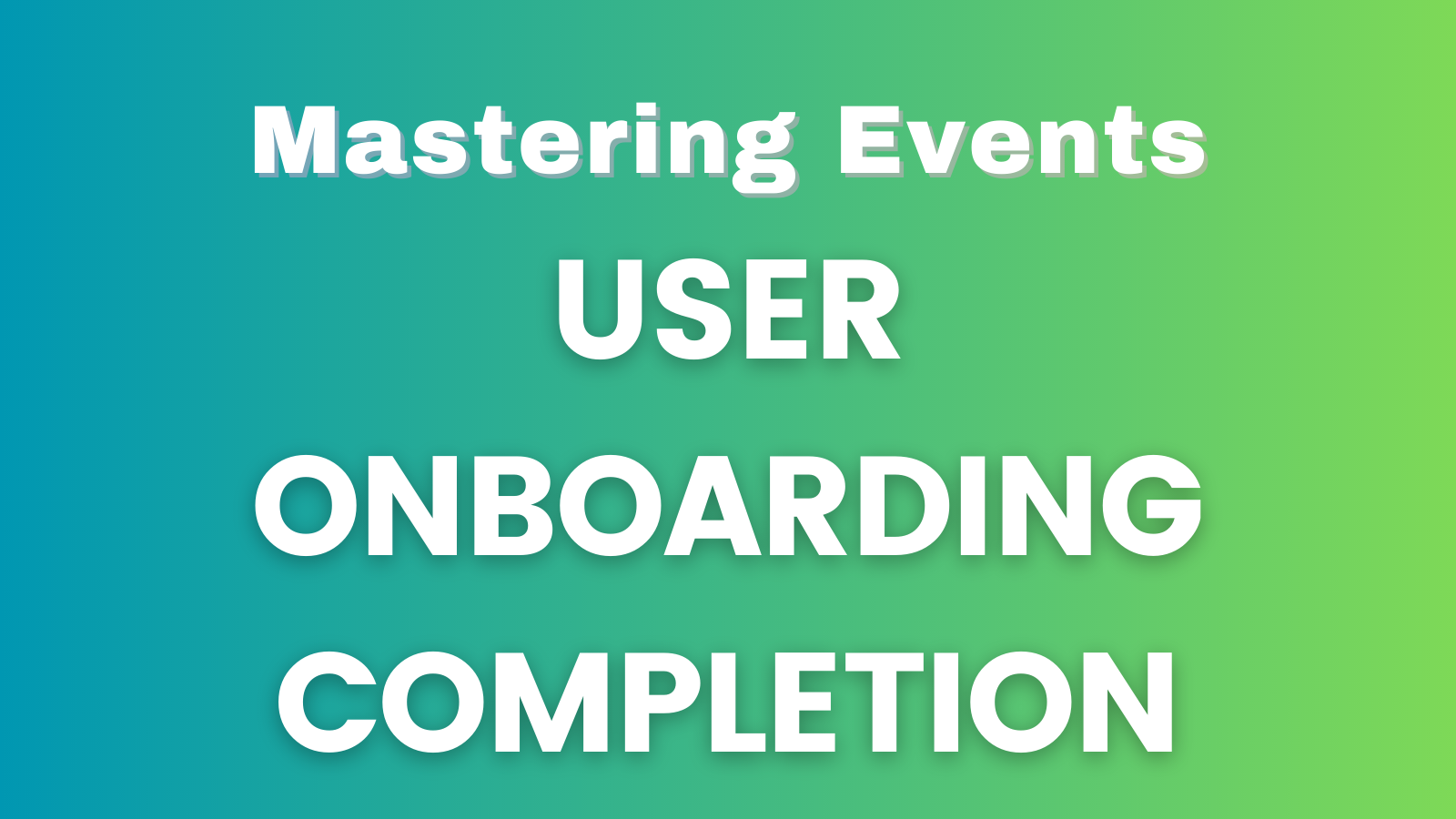User path analysis is a powerful technique that provides insights into how users navigate through your website or app. By understanding user journeys, you can identify pain points, optimize pathways, and enhance the overall user experience. In this article, we’ll explore the concept of user path analysis, strategies for effective implementation, and real-world examples that showcase its impact.
The Essence of User Path Analysis
User path analysis involves tracking and analyzing the paths users take as they interact with your product. This technique helps you visualize user behavior, understand common navigation patterns, and identify areas where users might face obstacles or confusion. By mapping out user journeys, you can pinpoint opportunities for optimization and tailor your product to meet user expectations.
Example: Google Analytics offers a Behavior Flow report that visually displays user paths on your website. This report highlights the most common paths users take, enabling you to identify potential drop-off points and optimize user journeys.
Strategies for Effective User Path Analysis
- Define Conversion Goals: Clearly define the key actions you want users to take on your platform, such as signing up, making a purchase, or completing a form. Tracking user paths toward these goals helps you understand where users are succeeding and where they might encounter barriers. Example: An e-commerce website might define its conversion goals as completing a purchase. User path analysis can reveal the steps users take before abandoning their shopping carts, guiding improvements to the checkout process.
- Segment User Paths: Different user segments may follow distinct paths based on their demographics, preferences, or intentions. Segmenting user paths allows you to tailor your analysis and optimization efforts to specific user groups. Example: A news website might segment user paths based on topics of interest. By analyzing the paths of users interested in technology news versus those interested in sports news, the website can tailor content recommendations and layout for each group.
- Identify Abandonment Points: Analyze user paths to identify the points where users commonly drop off or abandon their journeys. These abandonment points could be due to confusing navigation, slow loading times, or unappealing content. Example: A mobile app might notice that users often abandon the onboarding process after completing certain steps. This insight prompts the app’s development team to simplify the onboarding process and reduce friction.
Real-world Examples: Amazon’s Product Discovery
Amazon excels in user path analysis, particularly in product discovery. When a user searches for a product, Amazon provides various options to explore, such as related products, sponsored items, and personalized recommendations. By analyzing user paths, Amazon identifies the pathways that lead to successful product discovery and tailors its interface to enhance exploration and engagement.
Amazon’s user path analysis not only drives sales but also keeps users engaged within the platform by providing them with relevant and appealing options to explore.
Implementing Optimization: Spotify’s Playlist Suggestions
Spotify’s personalized playlist suggestions are a manifestation of effective user path analysis. As users listen to music, Spotify tracks their preferences and behaviors. This data informs the creation of curated playlists that align with users’ tastes.
By analyzing user paths and behavior, Spotify optimizes user engagement by providing tailored content that keeps users actively exploring and discovering new music.
In conclusion, user path analysis is a vital practice for optimizing user journeys and enhancing product experiences. By understanding user behavior, defining goals, segmenting paths, and identifying abandonment points, you can create a more user-centric and efficient platform. Learning from real-world examples emphasizes the impact of user path analysis in driving engagement and satisfaction. Remember, user path analysis isn’t just about tracking paths; it’s about crafting a seamless and delightful user experience that resonates with your audience.
This article is part of the Mastering Events series.





